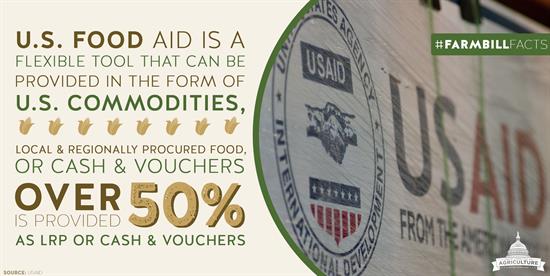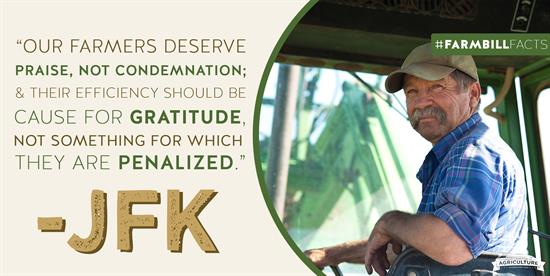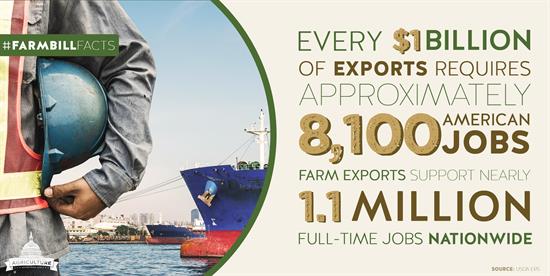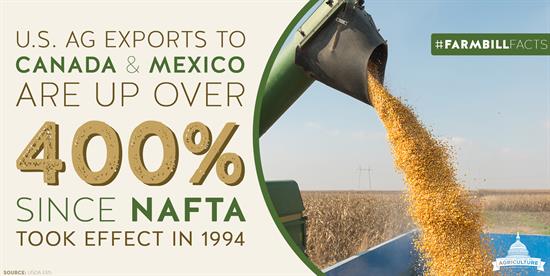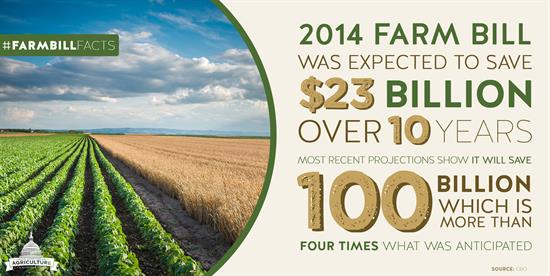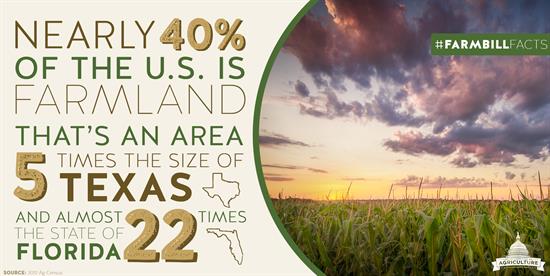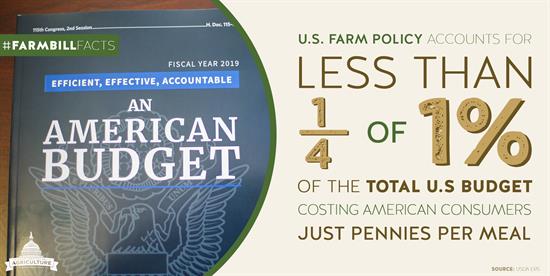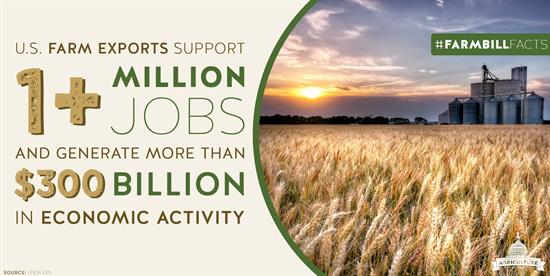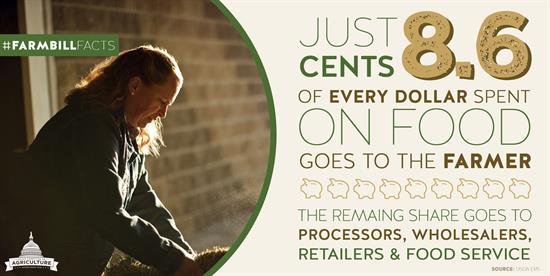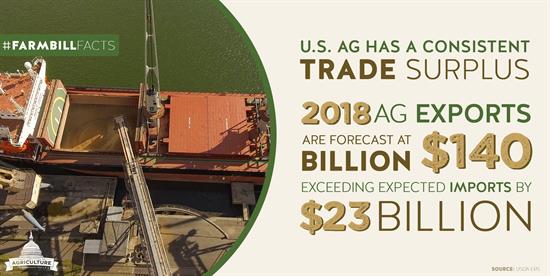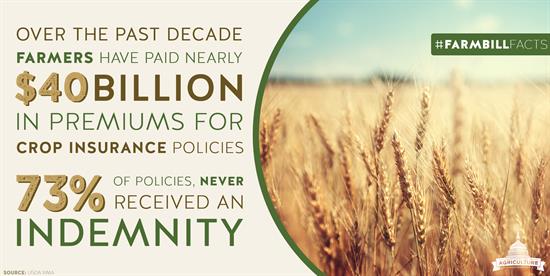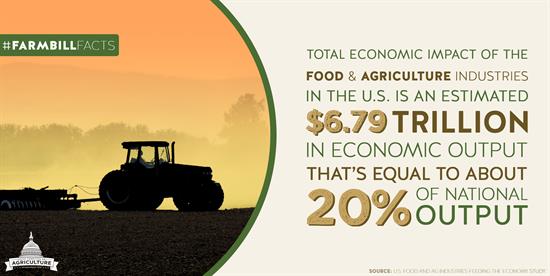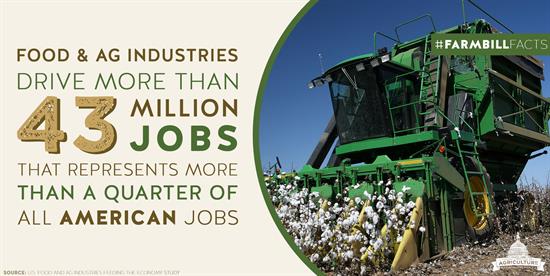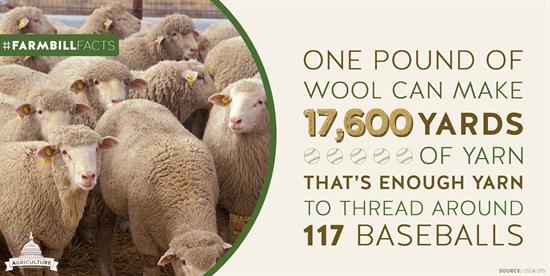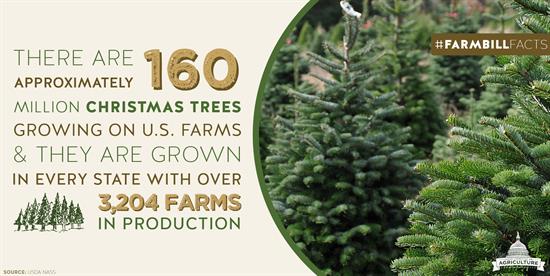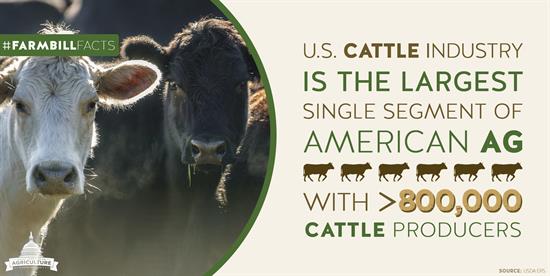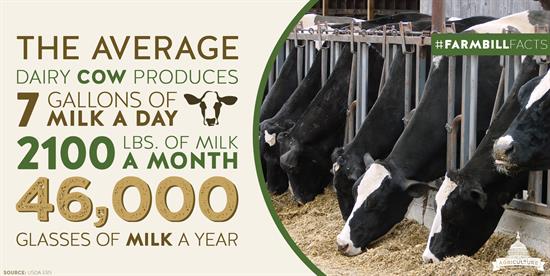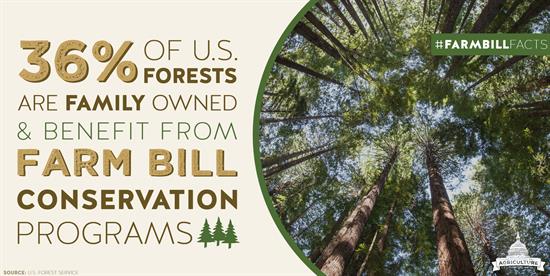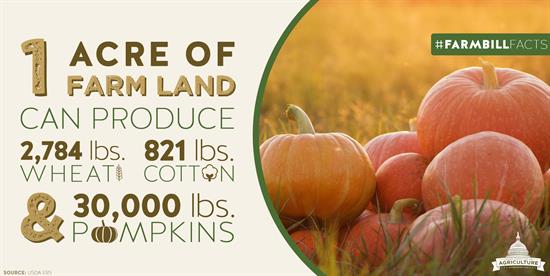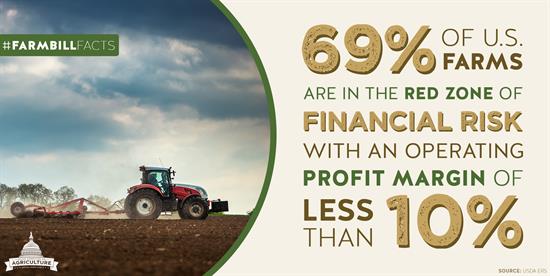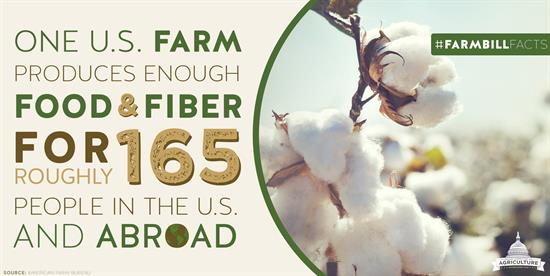H.R. 2, Agriculture and Nutrition Act of 2018
Bill Text
H.R. 2, Agriculture & Nutrition Act of 2018 Bill TextSection By Section
CBO Cost Estimate for H.R. 2
Committee Passage: 26-20
En Block Amendment to H.R. 2 - passed by voice vote
Title XI Amendments
Adopted
#03 Denham Amendment
#23 King Amendment
Floor Amendments
Adopted
(A012) Westerman Amendment - passed (224-191)
(A013) Young Amendment - passed (208-207)
(A031) Faso Amendment - passed (222-192)
(A045) Roskam Amendment - passed (359-51)
(A048) Banks Amendment - passed (238-173)
Passed by voice vote
(A001) King Amendment
(A002) Gibbs Amendment
(A003) Rogers Amendment
(A004) Bergman Amendment
(A005) Arrington Amendment
(A006) Jones Amendment
(A007) Latta Amendment
(A008) Thompson Amendment
(A009) Herrera Beutler Amendment
(A010) Gosar Amendment
(A011) Gianforte Amendment
(A014) Pearce Amendment
(A015) LaMalfa Amendment
(A016) Westerman Amendment
(A017) Pearce Amendment
(A018) Tipton Amendment
(A019) Thornberry Amendment
(A021) Conaway Amendment
(A023) LaHood Amendment
(A025) Faso Amendment
(A027) Fortenberry Amendment
(A028) MacArthur Amendment
(A029) Holding Amendment
(A030) Gonzalez-Colon Amendment
(A032) Young Amendment
(A033) Gonzalez-Colon Amendment
(A036) Turner Amendment
(A038) Cheney Amendment
(A039) Pearce Amendment
(A040) Stefanik Amendment
(A041) Faso Amendment
(A043) Costello Amendment
(A044) Noem Amendment
(A046) Johnson Amendment
(A047) Hollingsworth Amendment
Fact Sheets
Agriculture and Nutrition Act of 2018 SummaryAgriculture and Nutrition Act of 2018 Q&A
Top 10 Highlights
SNAP: Overview
SNAP: Workforce Solutions
SNAP: Claim vs. Fact
Trade
Regulatory Relief
Why Extending the 2014 Farm Bill Won't Work
Infrastructure
Specialty Crops
Beginning Farmer
Farm Bill Conference
FARM BILL CONFERENCE REPORTBill Text
CBO Score
WATCH ARCHIVED VIDEO
Farm Bill Conference Committee Meeting—September 5, 2018
HOUSE CONFEREES
Agriculture Committee Conferees:
Republican:
1. Chairman Mike Conaway (TX)
2. Rep. Glenn ‘GT’ Thompson (PA)
3. Rep. Bob Goodlatte (VA)
4. Rep. Frank Lucas (OK)
5. Rep. Mike Rogers (AL)
6. Rep. Austin Scott (GA)
7. Rep. Rick Crawford (AR)
8. Rep. Vicky Hartzler (MO)
9. Rep. Rodney Davis (IL)
10. Rep. Ted Yoho (FL)
11. Rep. David Rouzer (NC)
12. Rep. Roger Marshall (KS)
13. Rep. Jodey Arrington (TX)
Democrat:
1. Ranking Member Collin Peterson (MN)
2. Rep. David Scott (GA)
3. Rep. Jim Costa (CA)
4. Rep. Tim Walz (MN)
5. Rep. Marcia Fudge (OH)
6. Rep. Jim McGovern (MA)
7. Rep. Filemon Vela (TX)
8. Rep. Michelle Lujan Grisham (NM)
9. Rep. Ann Kuster (NH)
10. Rep. Tom O’Halleran (AZ)
Education and the Workforce Committee Conferees:
Republican:
1. Chairwoman Virginia Foxx (NC)
2. Rep. Rick Allen (GA)
Democrat:
1. Rep. Alma Adams (NC)
Energy and Commerce Committee Conferees:
Republican:
1. Rep. John Shimkus (IL)
2. Rep. Kevin Cramer (ND)
Democrat:
1. Rep. Paul Tonko (NY)
Financial Services Committee Conferees:
Republican:
1. Chairman Jeb Hensarling (TX)
2. Rep. Sean Duffy (WI)
Democrat:
1. Ranking Member Maxine Waters (CA)
Foreign Affairs Committee Conferees:
Republican:
1. Chairman Ed Royce (CA)
2. Rep. Steve Chabot (OH)
Democrat:
1. Ranking Member Eliot Engel (NY)
Oversight and Government Reform Committee Conferees:
Republican:
1. Rep. Mark Walker (NC)
2. Rep. James Comer (KY)
Democrat:
1. Rep. Stacey Plaskett (VI)
Natural Resources Committee Conferees:
Republican:
1. Chairman Rob Bishop (UT)
2. Rep. Bruce Westerman (AR)
Democrat:
1. Ranking Member Raul Grijalva (AZ)
Science, Space, and Technology Committee Conferees:
Republican:
1. Rep. Ralph Abraham (LA)
2. Rep. Neal Dunn (FL)
Democrat:
1. Ranking Member Eddie Bernice Johnson (TX)
Transportation and Infrastructure Conferees:
Republican:
1. Rep. Jeff Denham (CA)
2. Rep. Bob Gibbs (OH)
Democrat:
1. Rep. Cheri Bustos (IL)
About the Farm Bill
Every day, constant innovation and advancements in technology are making it easier and more affordable for Americans to access the food our families need to stay happy and healthy. America's farmers and ranchers are feeding more people with fewer resources than ever before and are making conscious decisions to keep agriculture sustainable for generations to come.
None of this is by accident. Our nation's food security depends on strong agricultural policy that provides stability for America's farmers and ranchers; protects our land and natural resources; develops new trade opportunities while leveling the playing field for our producers; strengthens rural communities; and helps Americans of all stripes access the nutritious foods they need to keep their families healthy. This is America's food policy. This is the Farm Bill.
Rural America is hurting. Now, more than ever, we need a farm bill to address the concerns facing production agriculture and all rural America.
Farmers and ranchers understand the need to budget and save for hard times. Agriculture policy in the U.S. will continue to be fiscally responsible.
We're crafting a Farm Bill that works for all Americans to ensure our nation continues delivering the safest, most abundant, most affordable food and fiber supply in the world.
The Need in Rural America
Rural America is hurting. With net farm income dropping by nearly 50 percent over the past four years, the agricultural economy has experienced the largest four-year percentage drop since the Great Depression.Between natural disasters like Hurricanes Harvey, Irma and Maria and low commodity prices across the country, producers' backs are against the wall and rural communities have borne the brunt of the downturn in the farm economy.
While other sectors in larger communities across our nation are beginning to experience economic improvements; now, more than ever, we need a farm bill to address the concerns facing production agriculture and all rural America.
Fiscal Responsibility
Farmers and ranchers understand the need to budget and save for hard times and have been willing to do their part. The current (2014) Farm Bill was expected to save $23 billion over 10 years, but the most recent Congressional Budget Office projections show that the 2014 Farm Bill is now on target to save $100 billion—more than four times what was anticipated.
It’s worth noting that farm policy constitutes a mere 0.26 percent of the entire federal budget. While it is a mere drop in the overall bucket, for producers struggling with collapsing crop prices and major crop losses, these programs are the life preserver needed to keep their farms and ranches afloat.
Farm Bill for All Americans
We’re crafting a farm bill that:- Streamlines government. Streamlines government programs, eliminates redundancy and rolls back heavy-handed federal regulations on our nation’s farmers, ranchers and foresters.
- Ensures Fiscal Responsibility. Improves existing programs to maximize efficiency, reduces waste and maintains fiscally responsible stewardship of taxpayer dollars.
- Improves Anti-Hunger Programs. Includes improvements to the nation’s largest anti-hunger program (SNAP) to help lift families out of poverty and into good-paying jobs.
- Secures Rural America. Better targets resources to maintain our commitment to rural development while addressing threats to plant and animal health.
- Preserves our Farms & Forests. Keeps our land and resources sustainable for our children and grandchildren by encouraging voluntary, incentive-based conservation practices that protect our farms and forests alike.
- Strengthens the Farm Safety Net. Provides stability for America’s farmers and ranchers through improvements to the farm safety net and ensures we have defensible programs that meet the needs of all producers.
- Facilitates Agricultural Trade Exports. Supports the development of new international markets for agricultural exports, helping grow the economy and create jobs.



